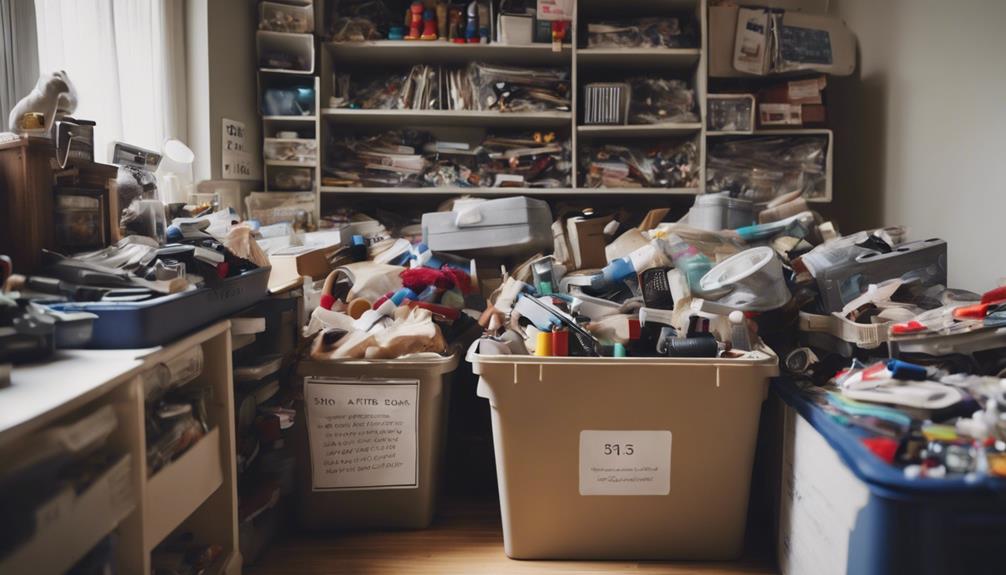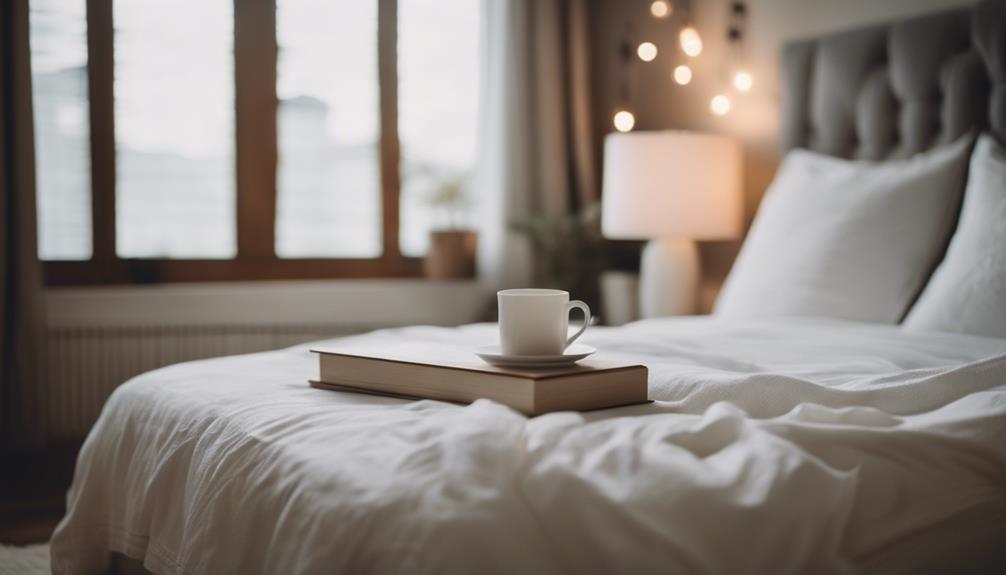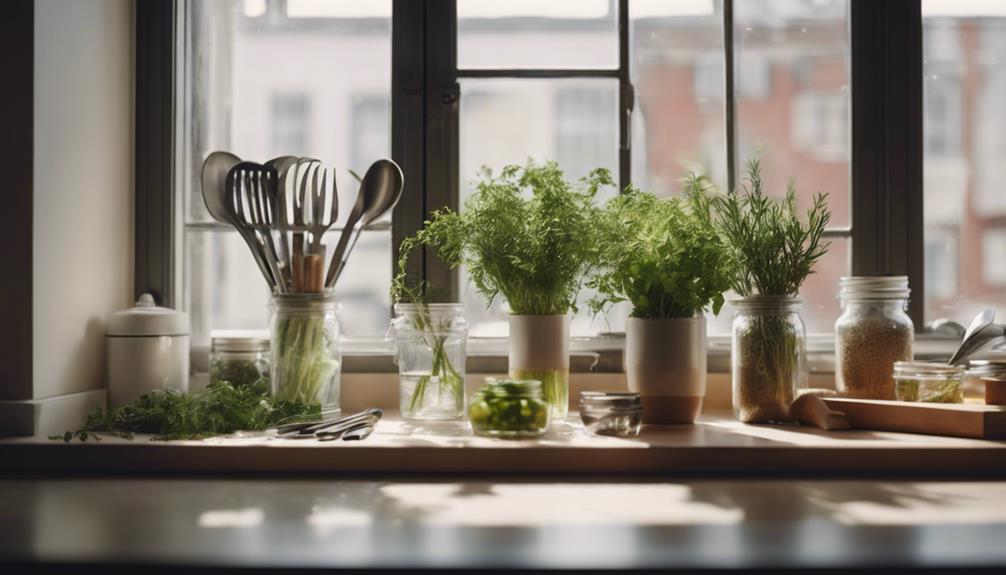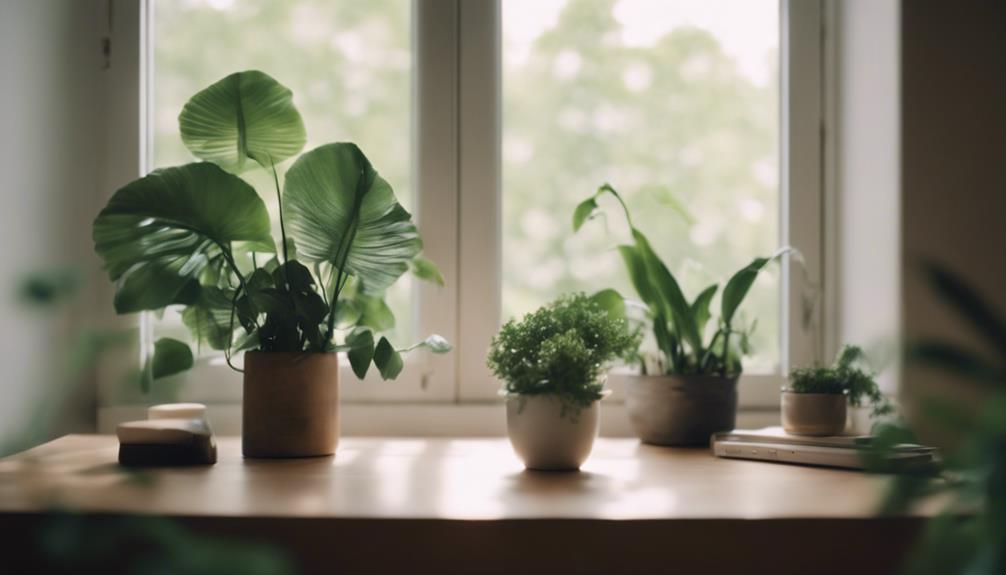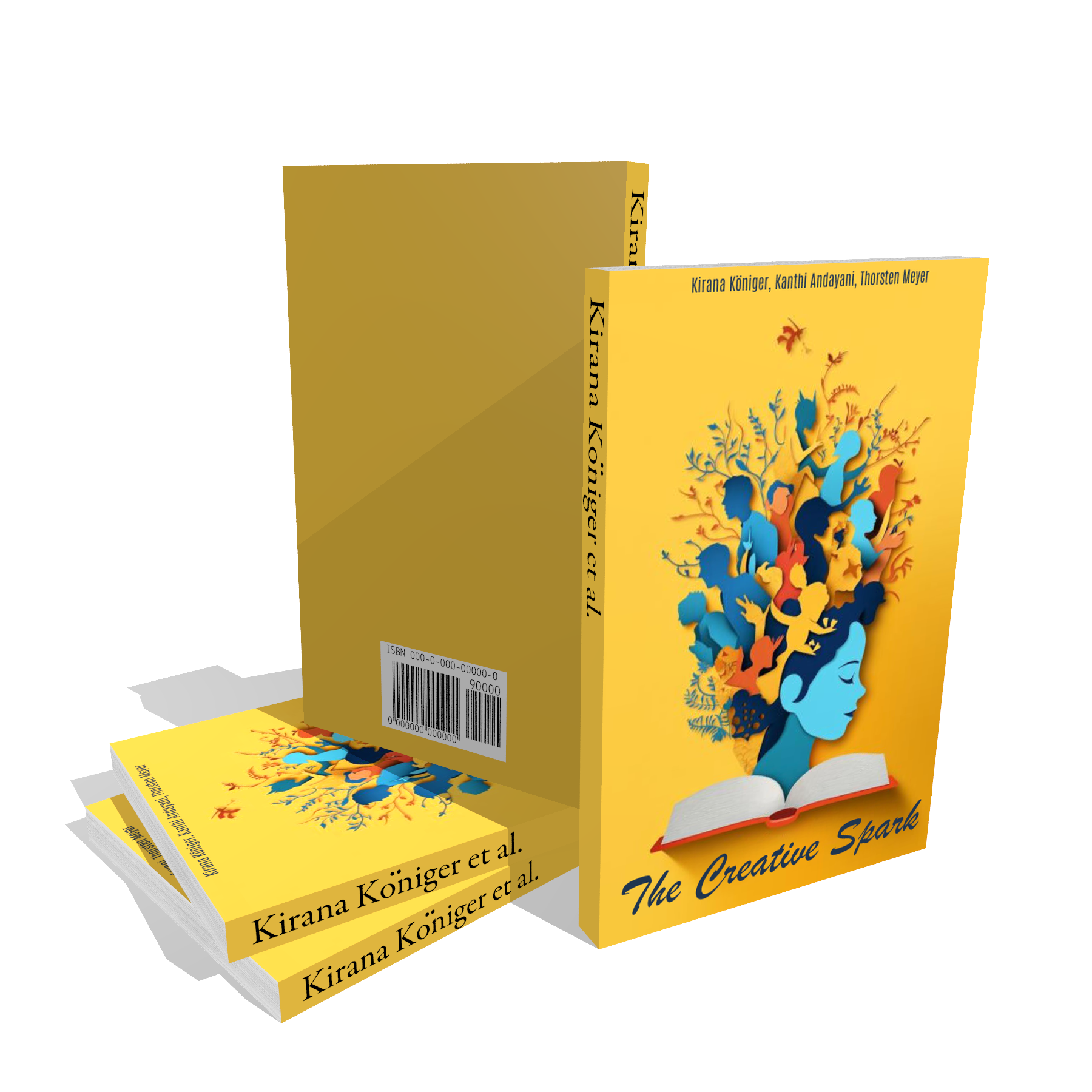Decluttering involves strategic techniques like sorting items into keep, donate, or discard piles and utilizing storage solutions for easy access. Setting clear goals, defining objectives, and breaking tasks into manageable segments are keys to success. Benefits include lower stress levels, enhanced focus, and a serene atmosphere promoting mental health. Personalization is essential for sustained progress, aligning decluttering style with goals and routines. Collaboration can distribute workload evenly and keep motivation high. Customizing the decluttering process maximizes efficiency and satisfaction. Learn more about optimizing decluttering strategies, benefits, and customization to achieve an organized and peaceful living space.
Key Takeaways
- Utilize practical decluttering techniques for an organized living environment.
- Transform spaces to reduce stress and enhance focus.
- Customize decluttering to suit personal preferences and lifestyle.
- Collaborate with others for efficient and motivating decluttering.
- Enjoy benefits like improved mood and productivity through decluttering.
Decluttering Techniques and Tips
Utilizing practical decluttering techniques is crucial for creating an organized and stress-free living environment. By sorting items, individuals can efficiently categorize belongings into keep, donate, or discard piles.
The KonMari method, made famous by Marie Kondo, focuses on sparking joy and encourages individuals to keep only items that truly resonate with them. Room-specific decluttering tips cater to the needs of busy individuals, offering time-saving solutions for maintaining tidiness.
Storage solutions and labeling systems play an essential role in smart decluttering, ensuring items have designated spaces for easy access and organization. These techniques not only declutter physical spaces but also declutter the mind, promoting a sense of calm and order within the home.
Goal Setting for Decluttering Success
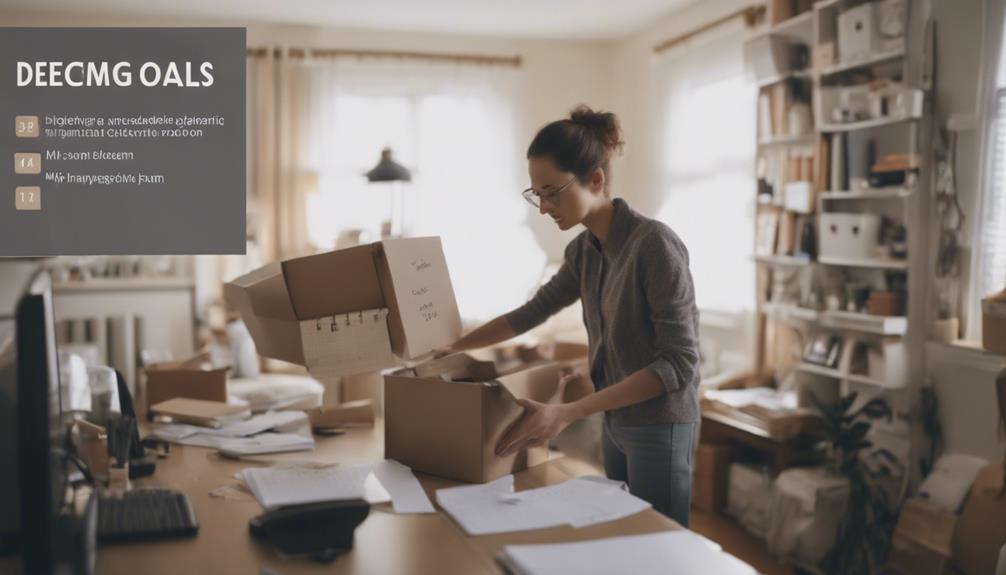
Setting clear goals is essential for achieving success in decluttering and creating an organized living space. By defining specific objectives, individuals can stay focused and motivated throughout the decluttering process.
Establishing realistic priorities helps in identifying areas that require immediate attention, enabling a systematic approach to tackling clutter. Breaking down tasks into manageable segments allows for quick victories, reinforcing a sense of accomplishment and progress.
Practical timelines aid in maintaining consistency and tracking advancements. Regular self-reviews facilitate monitoring of decluttering goals, ensuring adherence to the established plan. As author Brian Tracy once said, 'Goals allow you to control the direction of change in your favor.'
As such, setting clear goals is a fundamental step towards achieving decluttering success.
Positive Impacts of Decluttering
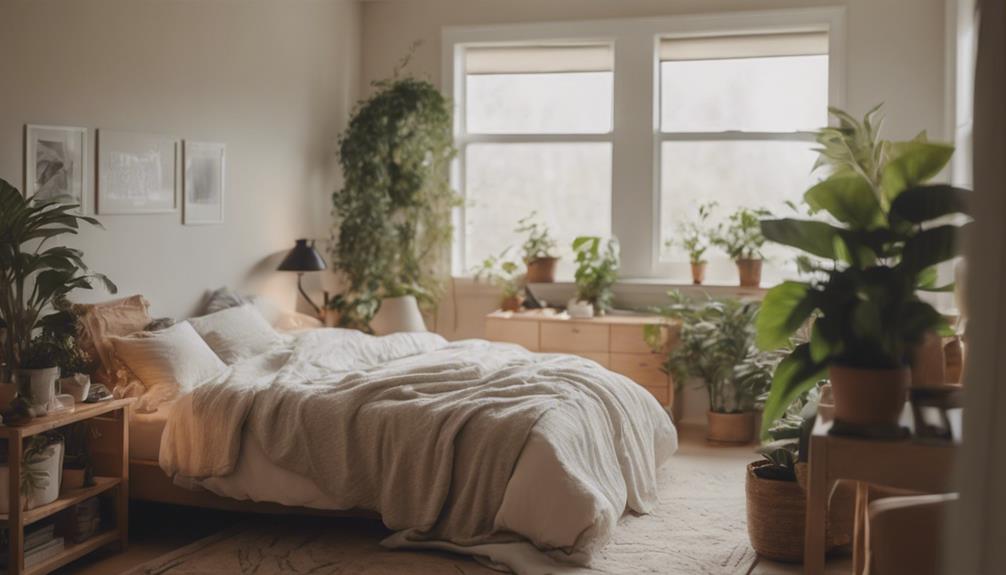
Transforming living spaces into organized environments can have a multitude of positive impacts on individuals' overall well-being and daily functioning. Studies have shown that decluttering can greatly lower stress levels and enhance focus by creating a more serene atmosphere. By reclaiming control of their living space, individuals often experience a boost in productivity and mood.
Psychologically, reducing clutter can alleviate feelings of anxiety and chaos, promoting a sense of calm and well-being. According to organizing expert Marie Kondo, 'The act of decluttering isn't just about tidying up physical belongings; it's about creating a space that sparks joy and brings peace to your mind.'
Ultimately, the positive impacts of decluttering extend beyond a tidy home to positively influence mental and emotional health.
Personalizing Your Decluttering Journey
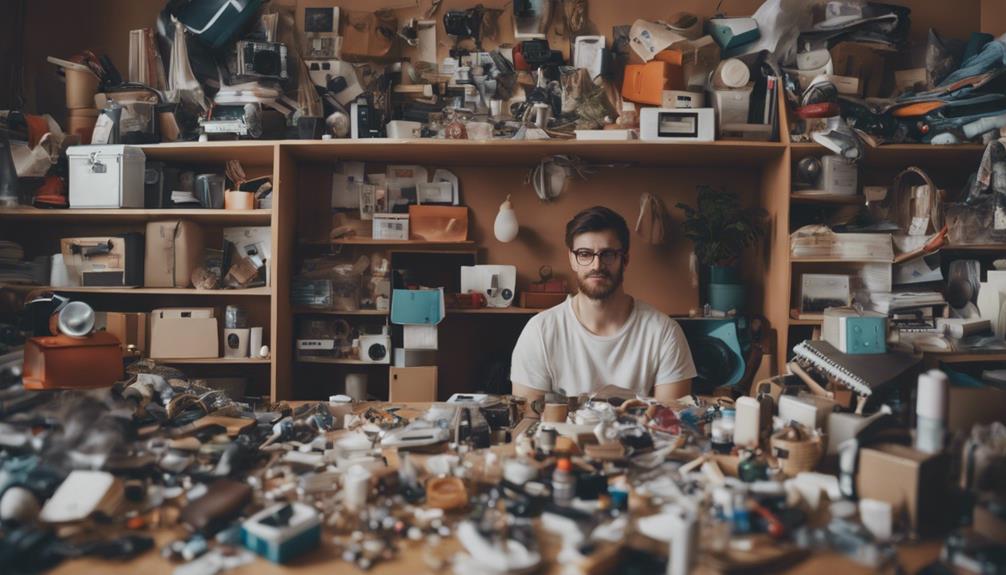
To personalize your decluttering journey effectively, consider tailoring decluttering strategies to suit your unique lifestyle and preferences. Here are some ways to customize your decluttering process:
- Identify Your Decluttering Style: Determine if you resonate more with minimalist approaches like the KonMari method or prefer gradual decluttering over time.
- Set Realistic Goals: Establish achievable decluttering goals that align with your schedule and energy levels to maintain motivation.
- Create a Decluttering Routine: Incorporate decluttering tasks into your daily or weekly schedule to maintain consistent progress without feeling overwhelmed.
- Personalize Your Organizational System: Customize storage solutions and labeling methods to fit your personal aesthetics and make it easier to sustain organization.
Collaborative Organizational Strategies
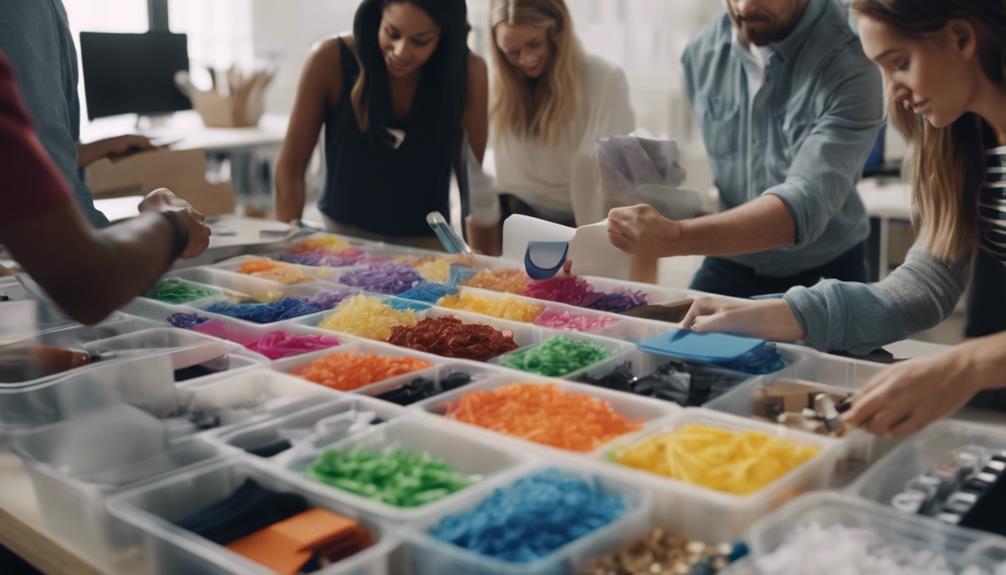
Collaborating with household members can greatly enhance the effectiveness of decluttering efforts by sharing responsibilities and fostering a sense of teamwork. By dividing tasks and working together, the decluttering process becomes more manageable and efficient. To aid in this collaborative effort, consider utilizing the following strategies:
| Collaborative Organizational Strategies | Benefits |
|---|---|
| Establishing clear roles and responsibilities | – Distributes workload evenly |
| Setting regular progress check-ins | – Maintains accountability and motivation |
| Creating a reward system for accomplishments | – Encourages participation and celebrates achievements |
These strategies not only facilitate a smoother decluttering experience but also promote a harmonious environment within the household. Remember, teamwork makes the decluttering dream work!
Frequently Asked Questions
How Can I Maintain a Decluttered Space With Kids or Pets?
Maintaining a decluttered space with kids or pets requires incorporating organization into daily routines. Establish dedicated storage areas for toys and pet supplies. Involve children in tidying up and teach pets boundaries. Consistent effort guarantees a harmonious living environment.
What Are Some Eco-Friendly Decluttering Methods?
Embracing eco-friendly decluttering methods is like planting seeds of sustainability in one's home oasis. Options include upcycling items, donating to thrift stores, repurposing containers, and embracing minimalism with nature in mind.
Is There a Recommended Order to Declutter Different Rooms?
When decluttering different rooms, start with the most used spaces like the bedroom, kitchen, and living room. Progress to less frequented areas to maintain motivation. Prioritize based on daily impact and personal comfort.
How Can I Repurpose or Recycle Items During Decluttering?
To repurpose or recycle items during decluttering, one can get creative. Transform old containers into organizers, donate gently used clothes, or recycle paper into new crafts. A little imagination goes a long way in reducing waste.
What Are Some Innovative Storage Solutions for Small Spaces?
Innovative storage solutions for small spaces include vertical shelving, under-bed storage bins, hanging organizers, and multifunctional furniture. These options maximize space efficiency, providing creative ways to declutter and organize belongings in compact living areas.
Conclusion
To wrap up, decluttering isn't just about tidying up physical spaces; it's a transformative journey towards mental clarity and emotional well-being.
As the old adage goes, 'A cluttered space is a cluttered mind.'
By implementing personalized strategies, setting clear goals, and seeking collaborative support, individuals can create a harmonious living environment that fosters productivity and peace.
Embrace the power of decluttering and witness the positive impact it brings to your life.
